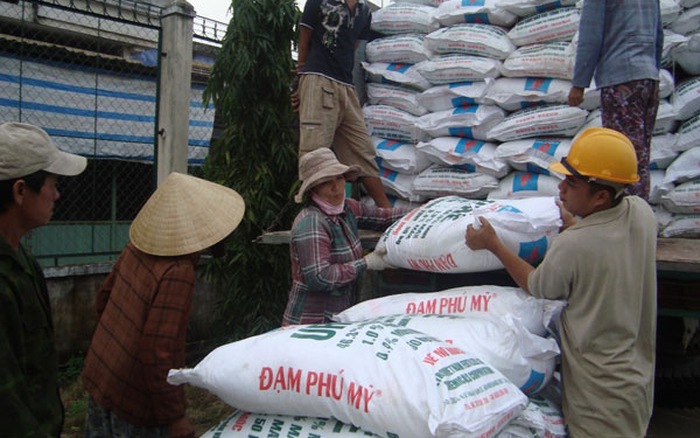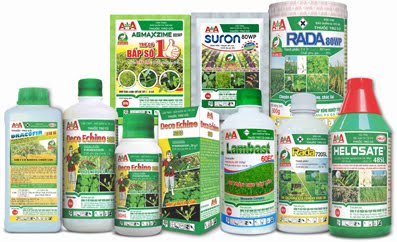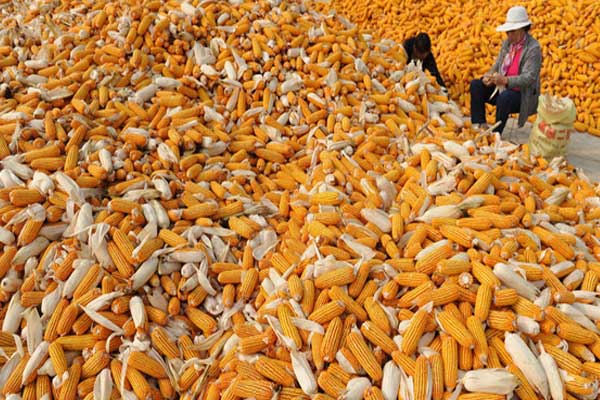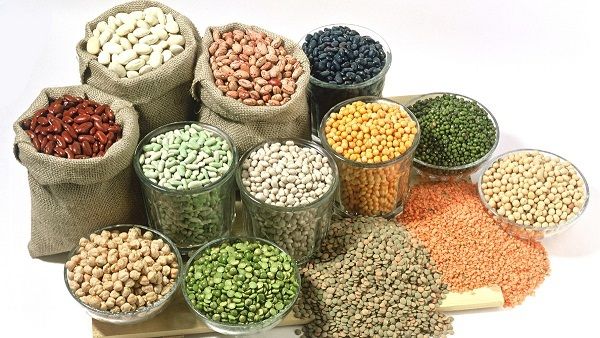The pigs decreased, imports of food increased sharply
The amount of animal feed and raw materials imported in the first five months of this year has increased sharply, despite the difficult situation of livestock raising leading to reduced pigs.
MARD statistics show that, as of May 20, the total number of pigs consuming the most feed in the livestock sector increased by 3 in May. – At the same time, the amount of feed imported in May reached $ 190 million, bringing the total import value of this commodity in the first five months of 2016 only reached $ 1.11 billion, down 21.5% Over the same period in 2015. Remember then, the price of pigs slightly increased, people increase the flock to sell to China.
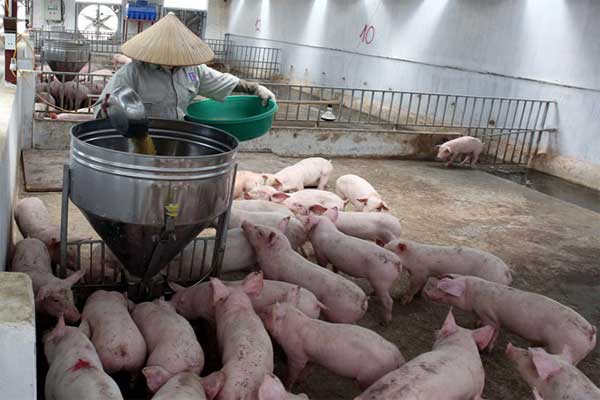
In addition to livestock feed and raw materials, imports of other livestock products in the first five months of this year also increased over the same period, such as imported corn over 3 million tons, equivalent to 625 million USD, up 1, 5% in volume and 6.2% in value; Soy beans imported 643,000 tonnes, equivalent to $ 280 million, up 8.4% in volume and up 18.9% in value.
Why do pigs reduce the amount of imported food increased sharply? According to the companies and the Vietnam Association of Foodstuffs, the volume of imported feeds this year increased sharply due to the price of raw materials so enterprises to import more goods. “This is perfectly normal,” said Le Ba Lich, chairman of the Vietnam Association of Seafood Producers Association. According to Lich, responding to the call of the functional sectors and share responsibility with the farmers, the feed business has also reduced the price of products. Meanwhile, Ms. N.T.T, the owner of large TACN distribution center in Bien Hoa City (Dong Nai), said: About 2-3 weeks ago, some companies reduced slightly about 5%. But compared to the price increase of about a year ago, the discount rate this time is still not significant. And Mr. Tran Thanh Hoang, owner of a farm in Ben Cat (Binh Duong), said no product feed prices. “I buy products directly from a feed processing factory in Bau Bang Industrial Zone (Ben Cat District, Binh Duong Province) but no discount to small businesses buying through agents,” Hoang said. pressing.
Experts said that if the market principles, inputs increase due to lower prices, the output must also reduce prices. However, this is not clear on the Vietnamese feed market. The main reason is that companies optimize the profits, on the other hand, the market is large but is dominated by foreign companies.
At present, there are about 240 processing factories in the country, of which 59 are joint ventures and FDI enterprises. Although they account for more than one fifth of the factories, “foreign investors” account for about 65% of the market. With dominant market share, enterprises are not difficult to shake hands.
Mr. Nguyen Thanh Long, representative of a business in the sector, shared: Large foreign companies do not directly farming but only contract farming farmers for them. All investment costs are spent by farmers from several billion to tens of billion. The company sells the same breed, sells animal feed and veterinary medicine. By doing this, they avoid many tax levies as they push towards the rancher. “They make a profit by determining market prices and selling products in chains, and their peasants only work for them,” Long analyzes.
According to estimates by the Department of Livestock Development (MARD), the price of pigs that lasted until the end of May caused a loss of about VND10 trillion. Experts point out that the direct damage to livestock farmers is the most serious one, especially in farms and livestock enterprises, either by chain development or by feed processing factories. At present, the number of breeding farms scale in Vietnam is increasing and occupy a large proportion, once they go bankrupt only to transfer to work for foreign companies. Thus, after the crisis foreign companies grow stronger.
(According to Thanhnien.vn)

